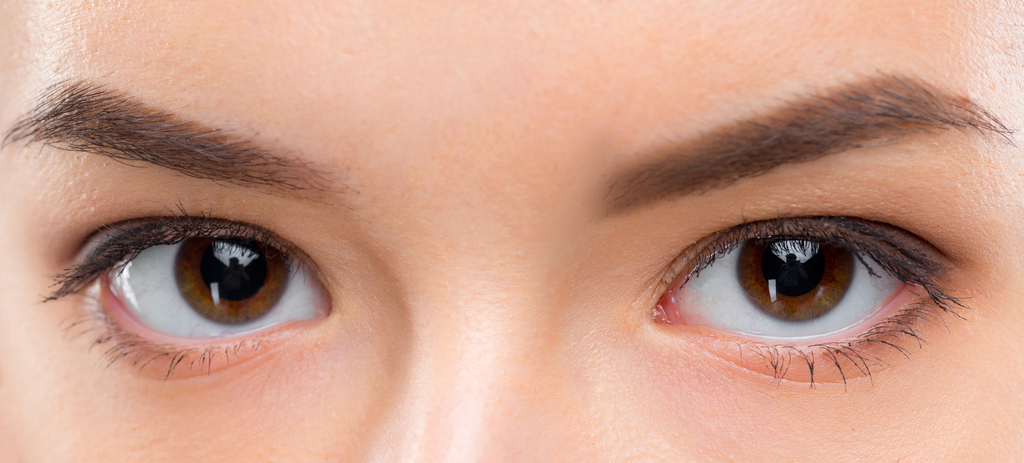Damage to Eye Surface Evident in Sjögren Patients, Study Reports
Written by |

In addition to dry eyes, people with Sjögren syndrome have damage to the surface of their eyes, and those with most extensive damage have high levels of biomarkers linked to inflammation, a study found.
People whose syndrome is related to rheumatoid arthritis seem to experience the greatest degree of eye surface damage and visual loss.
The study, “Analysis of ocular surface damage and visual impact in patients with primary and secondary Sjögren syndrome,” was published in the journal Rheumatology International.
Sjögren syndrome, an autoimmune disease, is marked by the immune system mistakenly attacking the glands that produce tears (lacrimal glands) and saliva (salivary glands) leading to dry eyes and mouth.
When the disease occurs on its own it is called primary Sjögren syndrome, whereas the secondary form of the disease is associated with other autoimmune disorders like rheumatoid arthritis, systemic lupus erythematosus, and systemic sclerosis.
In addition to dry eyes, problems are known to affect the surface of the eye in Sjögren’s patients, such as damage to the outer layer of the eye, called the cornea, as well as inflammation in eye’s outer white layer (scleritis) and underlying layer (uveitis).
Malfunctioning of the tear system can be caused by problems in the meibomian glands — glands that secrete an oily substance to keep the watery film on the eye from evaporating.
To assess the changes in the eye surface in people with Sjögren syndrome, a team of researchers at the Tecnologico de Monterrey, Institute of Ophthalmology and Visual Sciences, in Mexico, analyzed the medical records of 233 women and 16 men diagnosed with this condition, ranging in age from 9 to 86 years old.
Of these 249 people, 99 had primary Sjögren syndrome while the others had the secondary form of the disease, including 95 associated with rheumatoid arthritis, and 44 with lupus; the remaining patients had other associated autoimmune disorders.
Clinical tests for dry eyes found considerable damage to the eye surface as measured by ocular surface staining — non-toxic dyes applied directly to the eye to detect foreign bodies and damage to the cornea. In turn, the modified Schirmer I test, to determine whether the eye produces enough tears to keep it moist, found that patients had significantly less tear production than normal.
Along with dry eyes, almost half (46%) of the people experienced some problems with their meibomian glands, characterized by a reduced tear breakup time, indicating a poor tear film.
Scores for cornea damage, dry eyes, and tear production were poorest for those with rheumatoid arthritis, followed by primary Sjögren syndrome.
Blood levels of a variety of protein biomarkers associated with inflammation and autoimmunity were also found to be high in patients with the worst test scores related to cornea damage.
As expected, poor vision was found in those with the most cornea damage.
Ten patients had evident rheumatic ulcers, and vision tests showed these people had lost 96% of their ability to see. A different type of ulcer and inflammation in the outer white eye layer was found in about 3% of patients, mostly those with rheumatoid arthritis.
“In conclusion, patients with sSS-RA [secondary Sjögren syndrome associated with rheumatoid arthritis] experience the most significant ocular [eye] surface damage and consequent visual impairment as well as the most severe ocular complications of all related Sjögren syndrome,” the researchers wrote.
“In general, considering the results of the present study, we must emphasize that an appropriate diagnosis, including an early ophthalmologic examination, as well as adequate multidisciplinary management will allow better visual quality and hence, a better quality of life for patients with Sjögren syndrome and its associated autoimmune systemic disorders,” the team concluded.





